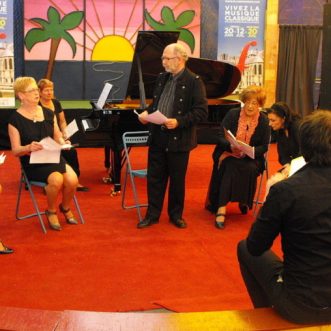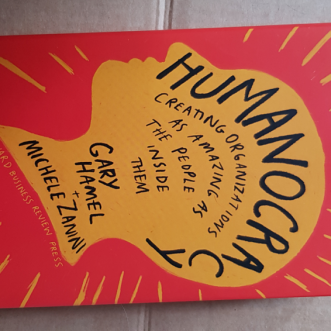
Instrumental
“The product you make is not your website, it’s not the travel, its not even the delightful experiences, the product is the organisation that brings stakeholders together to produce those outcomes.” Eric Reis to Airbnb’s Brian Chesky.
“In a humanocracy, the organization is the instrument – it’s the vehicle human beings use to better their lives and the lives of those they serve.” Gary Hamel and Michele Zanini in “Humanocracy”.
If all organisations are instruments, tools for making and shaping people and things, you have to ask:
“What kind of things does my business shape?” and “What kind of people does my business make?”.
The answer might seem obvious, but I’m not sure the obvious answer is always the ‘real’ one. Especially for business-to-business firms and professional services. The ‘real’ answer for you will be driven by your view of the world, but I think it’s worth exploring, because it opens up a different way of thinking about what a business is for.
For example, does an accounting practice make sets of accounts? Or does it make businesses? And in the process, does it help shape the people who work for it and with it?
I don’t know, but I can help you find out.








